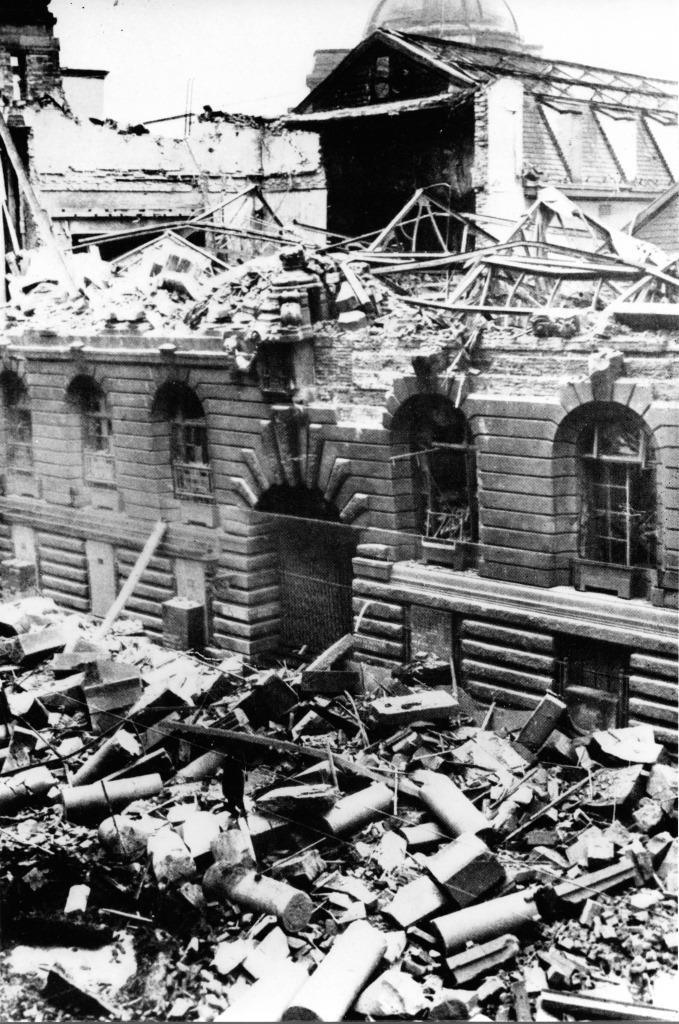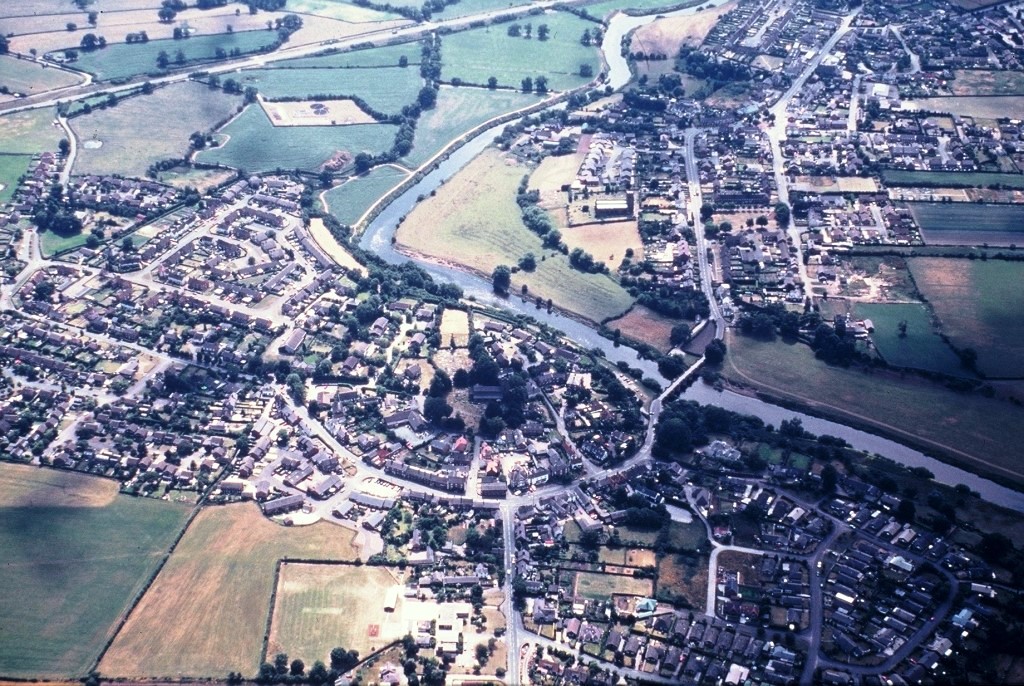When is a Hillfort not a Hillfort? Marsh-forts in North Shropshire
Tuesday 5th March 2019 7pm
Speaker: Shelagh Norton
When is a hillfort not a hillfort? These iconic Iron Age monuments are characterised by their monumentality and prominent visibility. However, a small number of contemporary fortifications share elements of size and monumentality but are found in low-lying, wetland settings. They are increasingly referred to as ‘marsh-forts’ – so far, Sutton Common near Doncaster is the most researched site of this type. Questions abound – do they share characteristics of chronology and function? how do they reference the wider environment? does the term ‘marsh-fort’ add value?
A group of potential ‘marsh-forts’ exist around the wetlands of North Shropshire’s meres and mosses. Lying on the fringe of the hillfort zone of the Welsh Marches, this landscape has a rich archaeological heritage, evinced through early lithic assemblages, funerary monuments, metalwork deposition, bog bodies and enclosure. Initial palaeoenvironmental and landscape research has already identified peculiarities associated with the very large, low-lying wetland fortification of Wall Camp on the Weald Moors near Telford, which has similarities with Sutton Common. Further research is ongoing to investigate, again through landscape (including GIS and LiDAR) and palaeoenvironmental study (plant macrofossils and fossilised insect remains), other similar monuments in the wider area, notably the fortifications at the Berth near Baschurch.
Shelagh Norton in undertaking PhD Research at the Dept. of Classics, Ancient History and Archaeology, University of Birmingham. This research is the first study of a group of potential marsh-forts, and will deliver a greater understanding of the focus area, indicating how representative these sites are and how they can inform more broadly about Iron Age society.
This lecture will take place at the BMI.
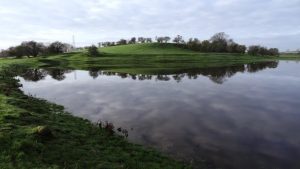
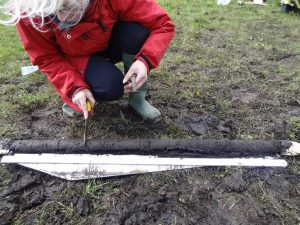
2018-19 Lecture Series
BIRMINGHAM AND WARWICKSHIRE ARCHAEOLOGICAL SOCIETY
Lecture Programme for 2018/19
October 2nd 2018 at 7pm Speaker: Richard Bradley
Barrows and Burnt Mounds:
Investigations at Meriden Quarry, 2013-2015
November 6th 2018 at 7pm Speaker: Nigel Page
WOW! what a site! An update on the excavation of Roman and Anglo-Saxon cemeteries at Baginton (Warwick meeting)
December 4th 2018 at 6.45pm – AGM Speaker: Nick Daffern
The Ice Age and Palaeolithic West Midlands a.k.a The Original West Midlands Safari Park
January 8th 2019 at 1pm Speaker: Robert Early
The Archaeology of HS2
February 5th 2019 at 7pm Speaker: Dr Jim Andrew
The Lunar Society's Welcome to a Scottish Inventor
March 5th 2019 at 7pm Speaker: Shelagh Norton
When is a hillfort not a hillfort? Marsh-forts in North Shropshire
April 2nd 2019 at 7pm Speaker: Roger White
Excavations of an Anglo Saxon Hall site at Atcham, Shropshire
ALL lectures are held at the Birmingham and Midland Institute except that on November 6th which will be held at the Warwick Market Hall Museum. Full details are published in our Newsletters and on the BWAS web site at www.bwas-online.co.uk
Registered Charity No: 503327
A Broad View: investigations on the Broadway flood alleviation scheme
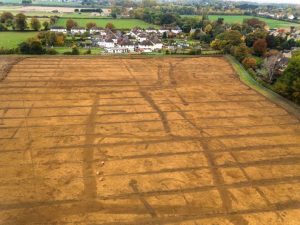
6th March 2018
Speaker: Richard Bradley
Lecture commences 7pm
Excavation and watching-brief work by Worcestershire Archaeology uncovered a large multi-period site with at least 8000 years of activity. This included scatters of Mesolithic to early Neolithic flint debris, a complete Beaker and associated grave goods, a Bronze Age to Iron Age farmstead represented by a series of roundhouses and large enclosure ditches, Roman droveways and enclosures, multiple burials and post-built buildings, Saxon finds and the remains of medieval agriculture. The project commenced at the end of September 2016 and should be complete in early 2018, and was undertaken on behalf of the Environment Agency.
Richard is a project officer working for Worcestershire Archaeology.
This lecture will take place at the BMI
A History of Birmingham Museums
10th April 2018
Speaker: Dr Ellen McAdam
Lecture starts at 7pm
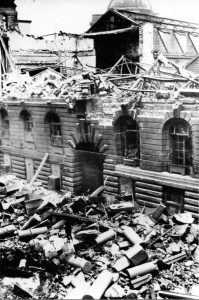
Birmingham cautiously considered the need for a civic museum for several decades. The first objects in the collection pre-date even Aston Hall, acquired by the city in 1864. However, urged on by Dawson and supported by Chamberlain and Kendrick, the city took the plunge, and the first phase of the Museum and Art Gallery, cunningly funded by the profits from municipal gas, opened in 1885. From that point onwards the museum service developed one of the three great civic collections of the UK, on a par with those of Glasgow and Liverpool and universally acknowledged as internationally important. I will tell the 150-year story of Birmingham Museums – its brilliant ups and disastrous downs - through its collection, its buildings and its people.
This lecture will take place at the BMI
Lecture dates - 2017-18
Dates for your diaries.
Evening lectures series – 7pm to 8pm – in the Birmingham Midland Institute, Margaret Street unless otherwise stated.
- Tuesday 3rd October 2017;
- Tuesday 5th December 2017;
- Tuesday 6th February 2018;
- Tuesday 6th March 2018 and
- Tuesday 10th April 2018.
- Tuesday 7th November 2017 – This lecture will take place in Warwick – details will be posted soon.
Lunchtime lecture
A Neolithic Henge Monument and recent other finds from Warwickshire
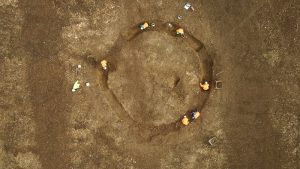
Tuesday 7th November 2017
Speaker: Nigel Page
Find out more about recent finds from archaeological sites in Warwickshire. At long last, Warwickshire can now boast a Neolithic henge 'culture' to complement if not rival other regions. Five have been fully excavated in the last two years. The ongoing analysis of these sites has revealed some interesting aspects of their chronology and use.
In addition Warwickshire Archaeology are delighted to be able to bring you some very exciting news about remarkable excavations on a site undoubtedly close to your hearts. PLEASE NOTE : For the first time we shall be hosting a meeting of the Society in Warwick at the recently refurbished Market Place Museum. Doors open at 6.45 and lecture commences at 7pm
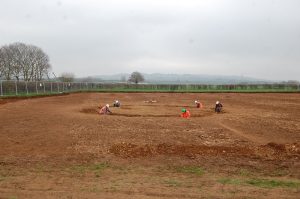
Birmingham Artists, Antiquaries & Architects; discovering and recording the past in the late 19th century.
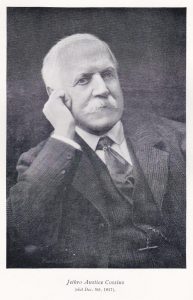
Tuesday 5th December 2017
Speaker: Stephen Price
AGM 6.45 – 7pm, Lecture commences 7pm
Concentrating on a handful of leading lights in the Birmingham and Warwickshire Archaeological Society – A.E. Everitt, Oliver & Harold Baker and Jethro Cossins who were all active in the field and have left today’s students of Birmingham and Warwickshire history a remarkable resource in various public and private collections. Everitt’s collection of drawings and watercolours of the Midlands once belonged to the Society, but is now in the care of Birmingham Museums Trust, while the diaries and letters of the Baker family, together with the paintings and photographs they produced illuminate the process of recording historic buildings within reach of the city. Cossins was a leading member of the architectural profession in late 19th century Birmingham, designing many significant new buildings in the city, but he was also a committed saviour of many vernacular buildings and churches, working with the Society for the Protection of Ancient Buildings to ensure their preservation. Our meeting is being held on the centenary of Cossins’ death at the BMI. The lecture will attempt to put the work of these pioneers in context and raise awareness of the value of their contributions.
Stephen has been a member of BWAS since the 1960s and has had a long career and distinguished as a museum curator. Early retirement has given him the opportunity to get back to the Midlands and write up some of his research undertaken on Birmingham and Worcestershire history.
This lecture will take place at the BMIRead more
The Leekfrith Torcs: A talk on the Torcs!
Tuesday 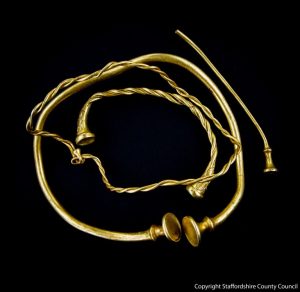 9th January 2018
9th January 2018
Annual Lunchtime Lecture 1pm – 2pm
Speaker: Teresa Gilmore
The talk will cover the recent spectacular find from the Staffordshire Moorlands, that of the Leekfrith Torcs, the earliest Iron Age gold found so far and the early Celtic art. We shall hear the story of their discovery and journey through the Treasure Process, an excellent example of partnership works, research and latest development.
Teresa is the Finds Liaison Officer, Portable Antiquities Scheme based at Birmingham Museums Trust.
This lecture will take place at the BMI
Medieval Town Planning: exploring the topography, origins and development of medieval towns
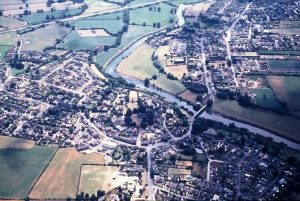 Tuesday 6th February 2018 7.00 pm
Tuesday 6th February 2018 7.00 pm
Speaker: Mike Shaw
This talk will be looking at how the application of 21st century technology can shed new light on the study of medieval town planning across the midlands.
Mike Shaw is currently undertaking at PhD at the University of Birmingham looking at methodologies for the study of the topography, origins and development of medieval towns, including the modern technologies, such as geographic information systems. His work has concentrated on the historic towns of Cheshire and the East Midlands town of Northampton but he will be comparing these to examples from the West Midlands and England in general to emphasise recurring patterns of development.
Mike was Black Country Archaeologist until his retirement in 2014. Previously he carried out a survey of the historic towns of Cheshire from 1997-9, and before then spent many years excavating Anglo-Saxon and Medieval sites in Northampton and Northamptonshire.
This lecture will take place at the BMI
Castle Bromwich Castle
7pm Tuesday 3rd October 2017
Speaker – Mike Hodder

Archaeological excavations at the motte and bailey which gives Castle Bromwich its name took place in 1969-70 before a collector road for the M6 Motorway was built through the bailey. The excavations revealed prehistoric and Roman objects and features under the medieval motte and bailey, an undated palisade and ditch under the 12th-century motte, a timber gateway into the bailey and medieval buildings within it.
The bailey was later extended, and a house was built at the base of the motte in the 17th century. The excavation director, Bill Ford, died a few years ago and the excavation has never been written up. Dr Mike Hodder, who worked on the site as a schoolboy, is compiling a report from records and finds in Birmingham Museum, which will be published in the Society’s Transactions.
The talk will take place at the Birmingham Midlands Institute.


